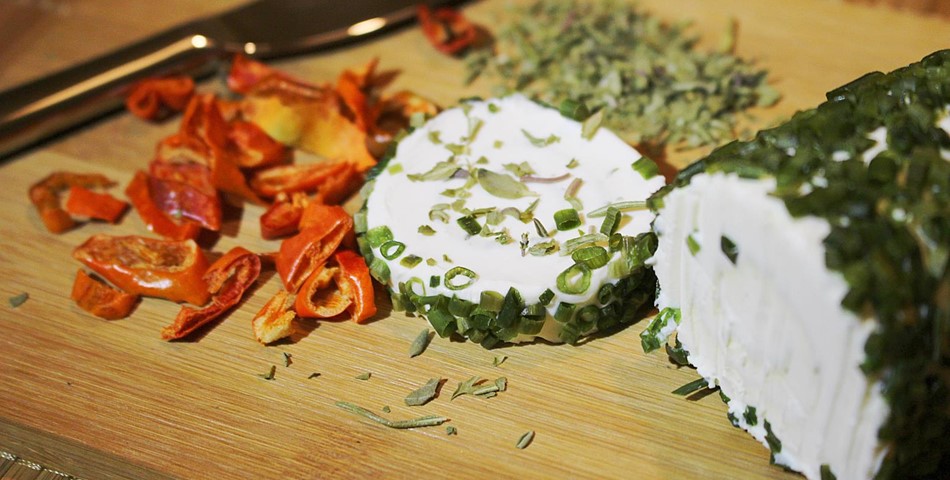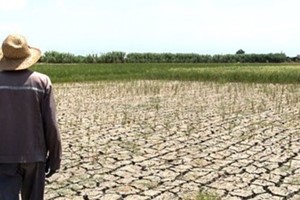During 2011-2015, Iran dairy products market experienced high demand for value added dairy products such as butter & margarine, cheese, yogurt, ice cream, etc., across the country, according to TechSci Research's report. In order to address this demand, a large number of domestic as well as international dairy product manufacturers operating in Iran are offering high quality products, with no adulteration. Upliftment of trade sanctions from Iran enabled domestic players operating in the country's dairy products market to import technologically advanced machinery and equipment for production of milk and eliminated trade barriers that would help domestic players to export dairy products to various markets in Europe and North America. Moreover, the report added that Tehran and Tabriz regions of Iran were major revenue generators in Iran dairy products market in 2015 and these regions are expected to maintain their dominance in the country during the forecast period (2016-2021), due to the presence of major dairy products companies offering innovative products through a robust distribution network. "Increasing government initiatives and investments in the country's dairy industry, upliftment of economic sanctions from Iran, and growing focus towards diversification of Iran's economy into non-oil sectors and establishment of a well-knit network of farms for milk supply to factories are few of the major reasons anticipated to fuel growth of dairy products market in Iran in the coming years. Changing lifestyles and increasing popularity of western and packaged products is fueling demand for processed and packaged dairy products such as ice-cream, cheese, butter, etc. Furthermore, packaged products are becoming increasingly popular in rural areas of Iran, due to growing awareness among consumers about the health benefits associated with the consumption of hygienically packaged dairy products," said Karan Chechi, Research Director with TechSci Research, a research based global management consulting firm. More sophisticated products were offered to consumers in 2016, which contributed significantly to growth in the cheese category, according to a recent report by Euromonitor. Previously only one type of cheese was available, known as Iranian UF cheese, which is classified as soft cheese as per Euromonitor International's definitions. However, innovation by certain key manufacturers changed this and gave consumers a chance to purchase many other types, including cream cheese, processed cheese and others, which helped the whole category to grow at a healthy rate. In addition, consumption of packaged cheese is becoming more widespread and unpackaged products are becoming less popular, even in rural areas.


Country Reports - Iran
Upliftment of Economic Sanctions Drives
the Iranian Dairy Products Market
February 2017

Changing lifestyles, increasing health consciousness among consumers and recent upliftment of economic sanctions from Iran to drive Iran dairy products market through 2021, according to a recent report by TechSci Research. Dairy products market in Iran is forecast to grow at a high CAGR of around 22 percent, during 2016-2021, which can be attributed to increasing urbanization, rising health consciousness among youth population, growing preference for packaged dairy products among people living in rural and semi-urban regions and upliftment of economic sanctions that enabled international trade in the country. Increase in the number of malnutrition cases in the country has led to higher awareness among people, regarding consumption of packaged milk and other packaged dairy products. This is expected to accelerate growth in the country's dairy products market through 2021.











